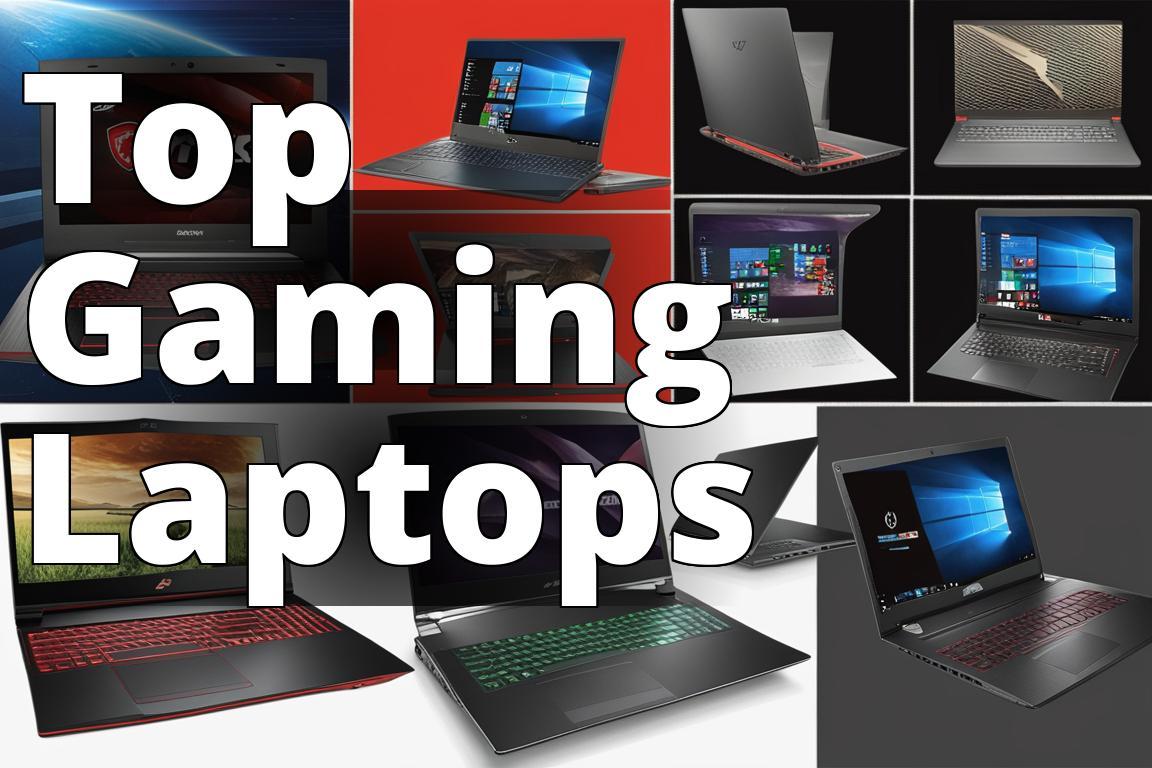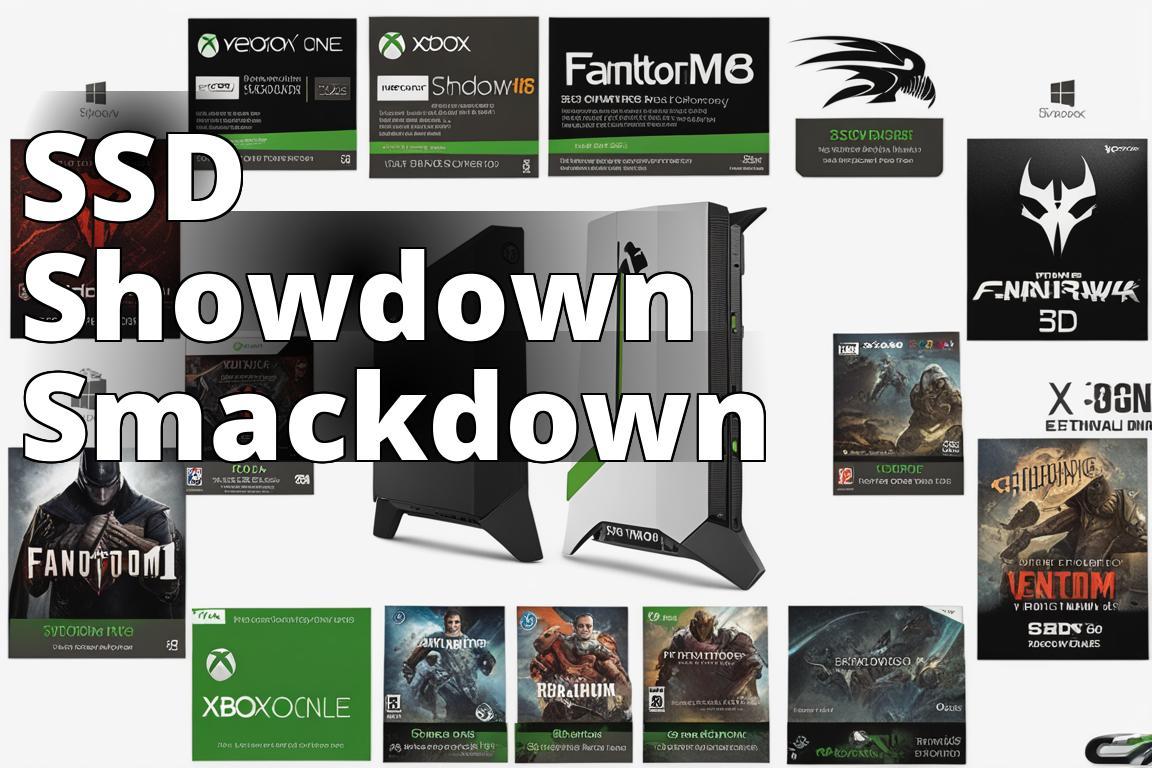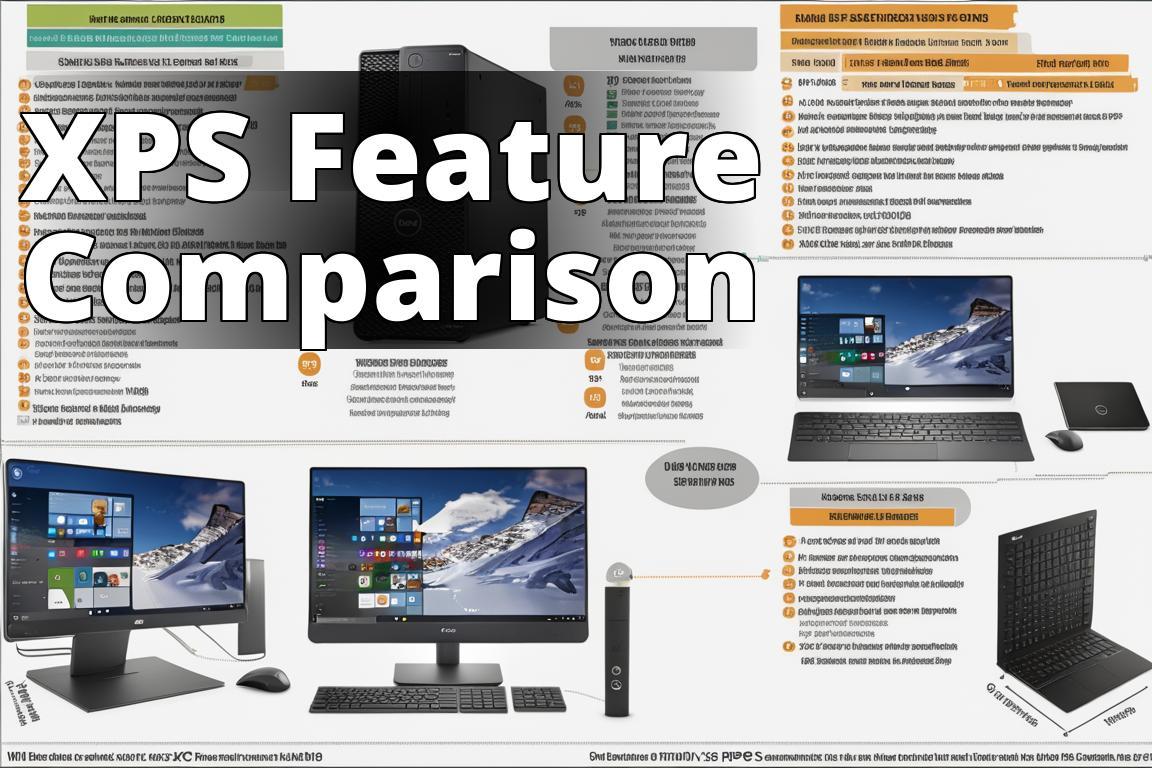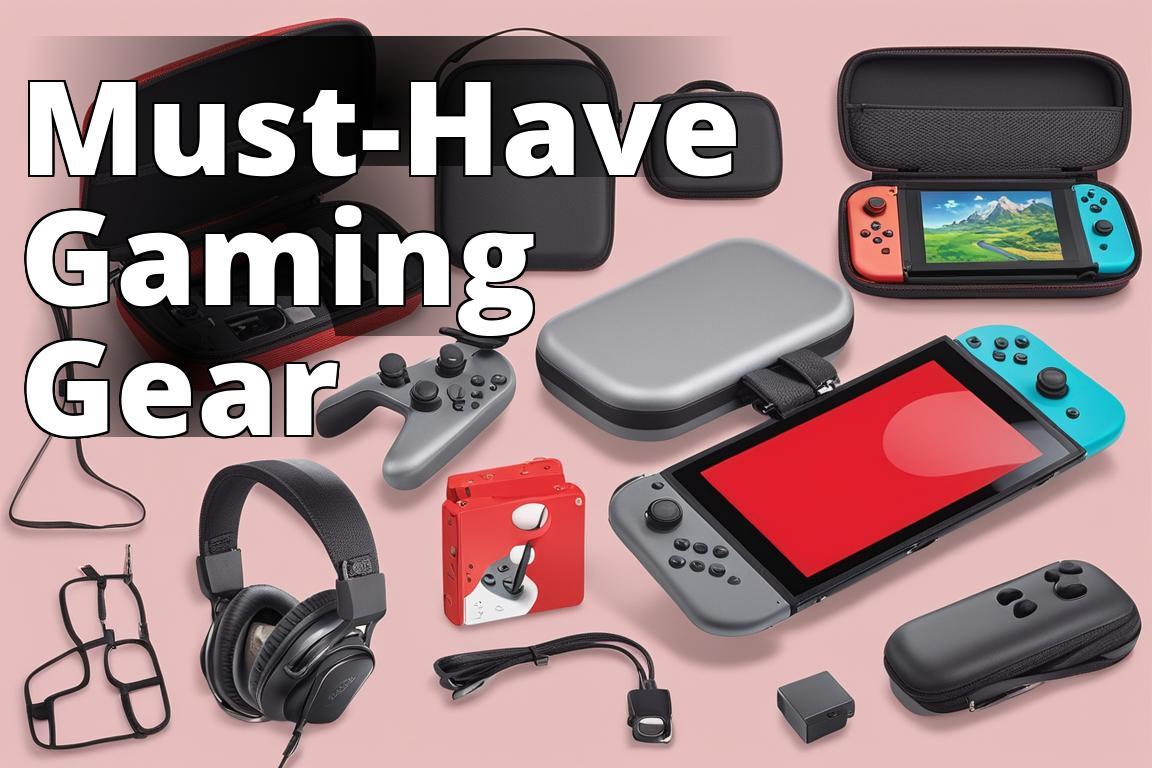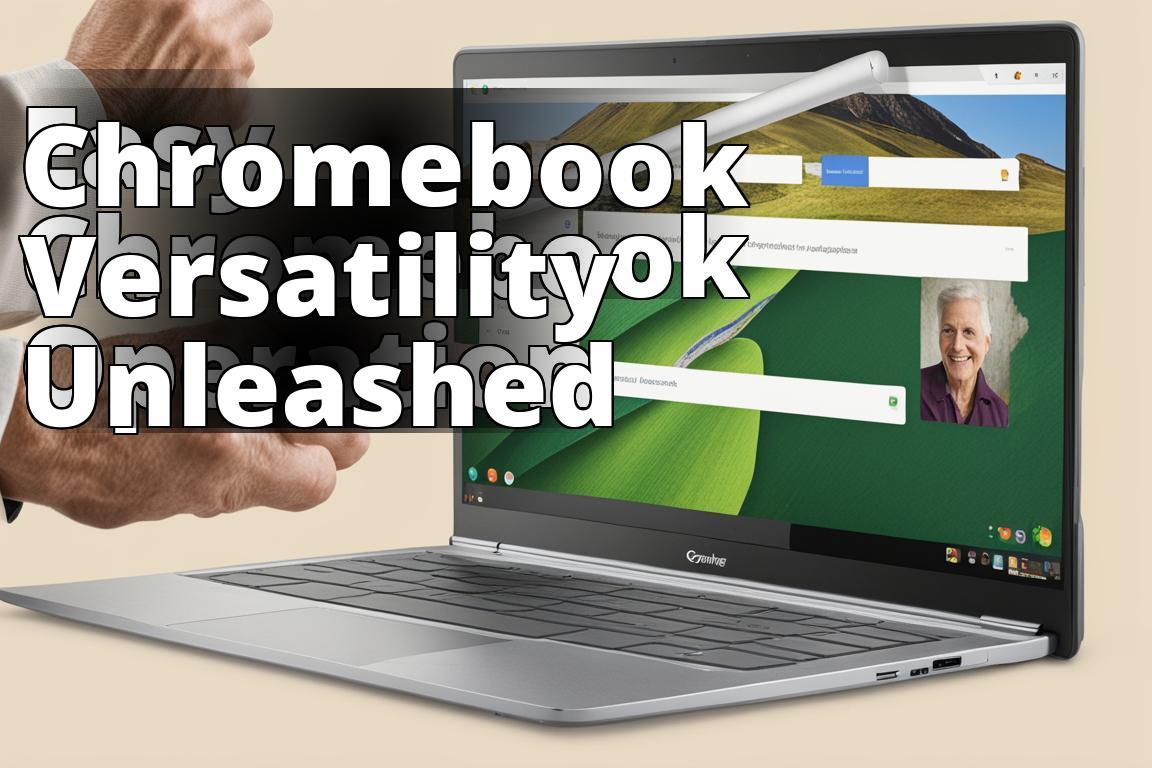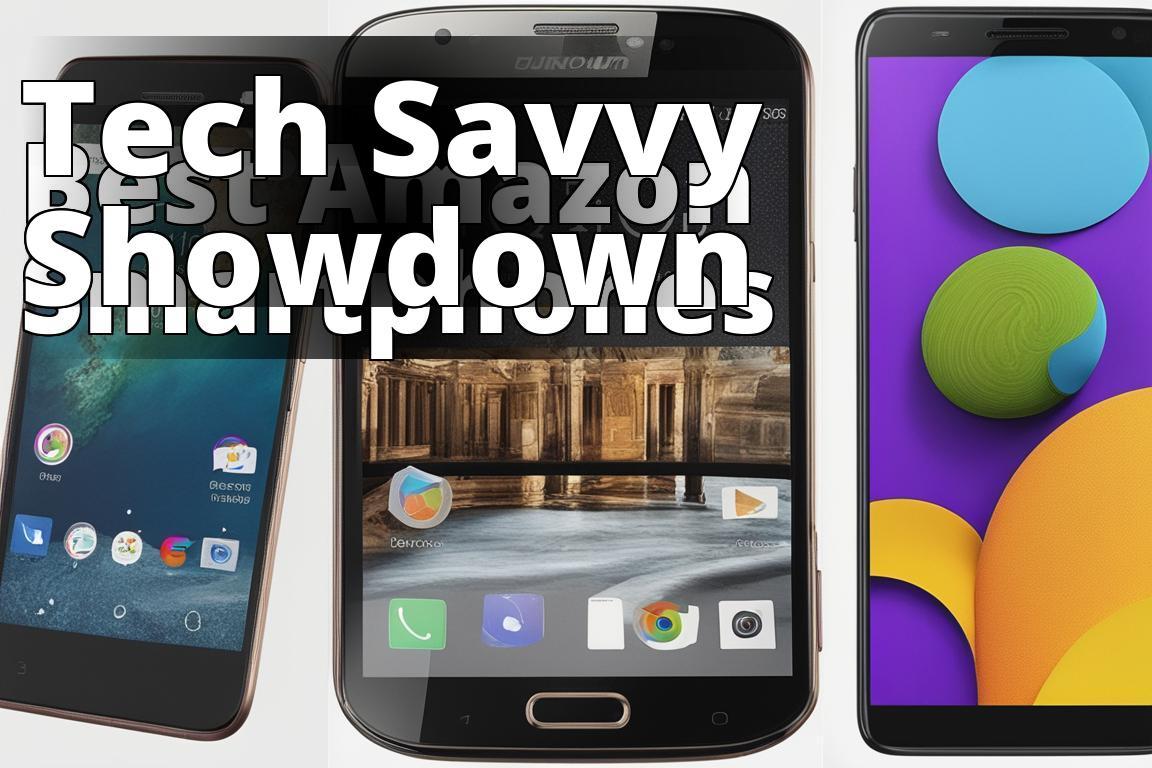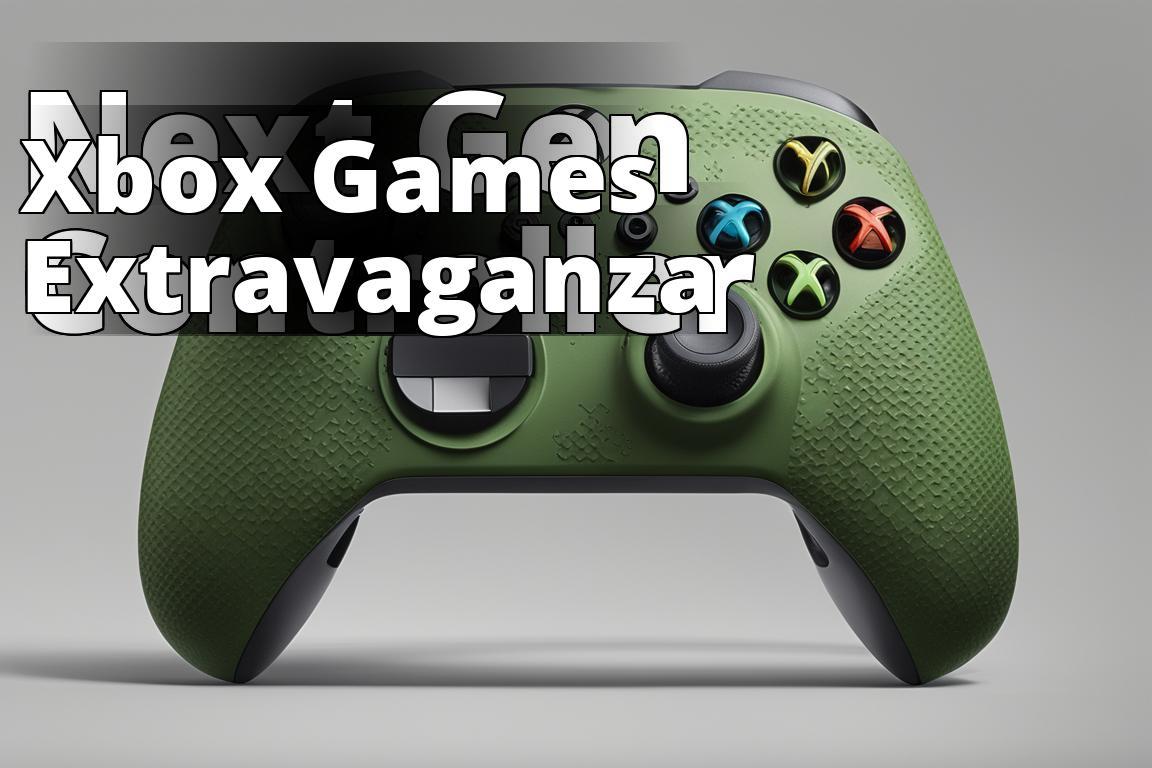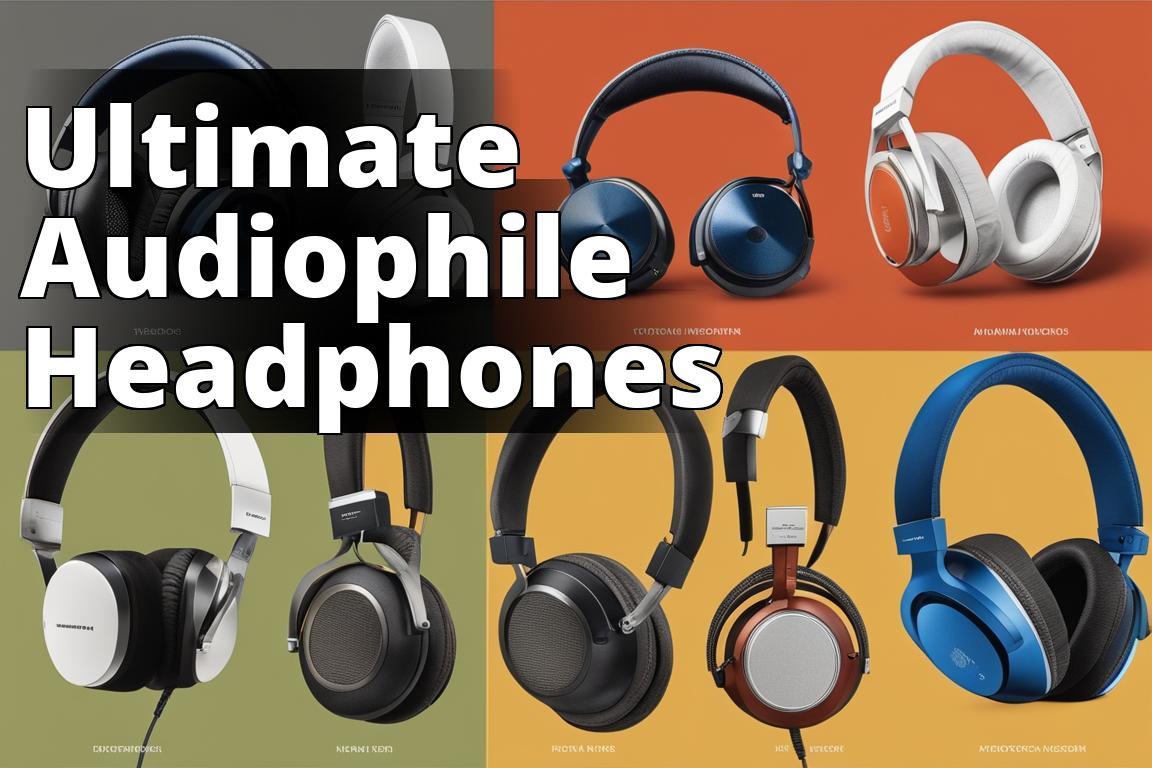The Future of Foldable Phones
Dumb Phones to Smartphones to Foldables
Before Steve Jobs and company revolutionized the cell phone industry with the release of the iPhone in 2007, there was a long history of innovation that came before.
Although it’s sometimes called the “dumb phone” era, it featured many groundbreaking milestones over the decades leading up to the current smartphones we have today. One milestone of particular note was in 1996 with the launch of Motorola’s StarTAC – the phone credited with sparking the wave of flip phones to follow thereafter. No other phone before StarTAC was designed to “flip” in half in such a way – like a clamshell.
Fast forward to today, over twenty-five years since the StarTAC, and flip phones are now making a powerful comeback by marrying the bleeding-edge technology of traditional smartphones with the compact convenience of a flip phone
These smart flip phones, more commonly called ‘foldable phones’, ‘foldables’, or ‘foldies’, bring users the best of both worlds – a device that can easily fit in your pocket, with a large screen that allows you to see and do more at once.
The popular foldable smartphones on the market today either fold open vertically like a book, or they flip open along a horizontal axis like the original clamshell flip phones.
Many of the smartphones that flip on the market today – such as the Samsung Galaxy Z Flip 4 – take up roughly half the space of a traditional smartphone when flipped closed. However, when open, the Flip 4’s screen measures on par with the iPhone 13 Pro Max at 6.7-inches.
Some folding phones – such as the Galaxy Z Fold 4 – when unfolded are closer to the size of tablets than traditional smartphones in terms of display size.
What’s Currently Unfolding in the Market?
Samsung is the de facto leader in the foldable space at the moment. They officially announced the first-ever Galaxy Z Fold at Mobile World Conference 2019. Since then the industry as a whole has matured, improving greatly upon the underlying technologies that bring foldable smartphones to reality.
This maturation is perhaps why some analysts predict that foldables will grow to become a $29 billion segment of the smartphone market over the next three years. This would equate to roughly 28 million units shipped worldwide in 2025, representing a 4-times increase over the 7 million sold in 2021 and a massive 14-times the 2 million sold in 2020!
But despite how impressive these figures might sound, in truth, they’re just a drop in the bucket of overall smartphone sales which amounted to1.43 billion units shipped in 2021.
Exactly how big the foldie segment will grow is anyone’s guess. However, what is clear is foldable phones are not a gimmick as some believed in 2018 and 2019 after more and more manufacturers started to tease the various prototypes and concepts they designed.
Now as of 2022, manufacturers are beginning to improve upon the mistakes that were made during the earlier years of foldable device releases. For example, annoying creases in the middle of the screen are becoming less and less apparent and degradation of the touch display’s sensitivity due to wear and tear is becoming a non-issue.
But that’s not to say they’re perfect. Still far from it. A common complaint you’ll hear from users is sometimes apps and videos often don’t fit properly on the phone’s screen as expected. This can result in text being cut off or cropped oddly. Another issue is the low battery life. It’s common for foldable smartphones to have batteries that last just half as long as those inside traditional smartphones.
What Will Unfold Next?
There are numerous benefits expected to come along with foldable phone technology. The science behind it will be useful in developing other sorts of flexible displays.
Think about televisions that can bend and flex around a wall. Or a phone that can roll up like an ancient scroll. We’ll probably even get to a point where we question what a smartphone really is as these folding screens increasingly and seamlessly integrate with other smart-tech. Is that a Bluetooth speaker that can answer calls or rather a phone that doubles as a Bluetooth speaker?
Industry experts agree that it’s unlikely the competition, namely Google and Apple, will continue to sit idly by and allow Samsung to stand alone dominating the foldable space.
Neither of the California-based tech titans has commented publicly on a potential launch of a foldable device, but there have been rumors swirling about a possible ‘Apple iFold’ foldable and a foldie version of Google’s flagship dubbed the ‘Pixel Fold’. Of course, much of what circulates the rumor mill has to be taken with a grain of salt.
Experts say an entry into the foldable smartphone market by either Google or Apple would likely cause a rush of new adoption among consumers as these companies have a knack for bringing a degree of credibility to the markets they choose to enter.
While the number of foldable units sold is steadily increasing, one thing holding back widespread adoption is the price tag some of these phones carry. The Galaxy Z Fold, for example, sells for over $2,000.
Watchers agree that foldable smartphones will continue to be just a niche market for technophiles for as long as the average price of such a device is above $1,000. According to Statista, the cost of the average smartphone sold in 2021 was just north of $300.
The future of foldable phones is set to be interesting. We’ll be here to cover the market trends and current events for our readers. Thanks for your continued support.
TechGuyReviews.com is an active community for tech enthusiasts. I hope you’ll stick around. We hope you enjoy our posts! Feel free to comment with your own favorite alternatives or experiences.


